The development board supports
- Programming and testing the ESP8266...
- Ability to move Arduino sketch to on-board ATMega for testing...
- Six digital and six analogie pins available (ATMega)...
- Two three pin headers for connection of analogue devices (pots, sensor etc)...
- Eight general purpose active low Leds for monitoring IO pins (ESP or ATMega)...
- Header for 1.8" TFT used for projects and to replaces the console for debug...
- Buffered (level-shifting) for TX/RX between devices...
- Monitoring of four pins of the ESP8266 (buffered and connected to Leds)...
- Reset buttons for both ATMega and ESP8266...
- On-board 3.3 volt, 1.5 Amp regulator...
- Header for connecting external battery (in-line diode for protection)...
The next will add breakout for ESP8266 version 3 (all IO pins)
Details may change from time to time...
 Michael O'Toole
Michael O'Toole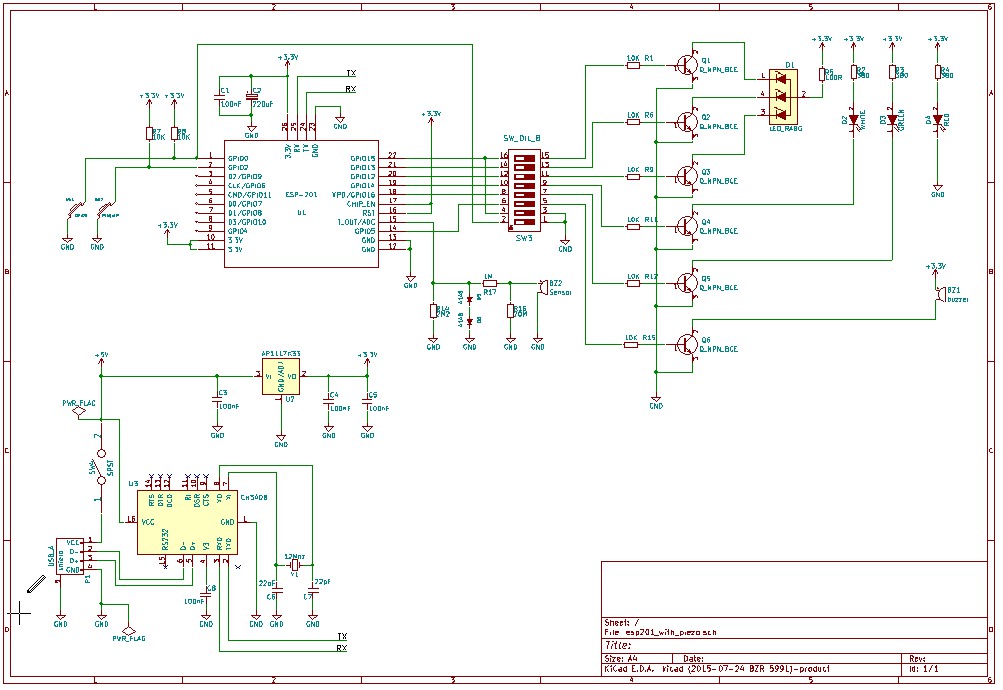
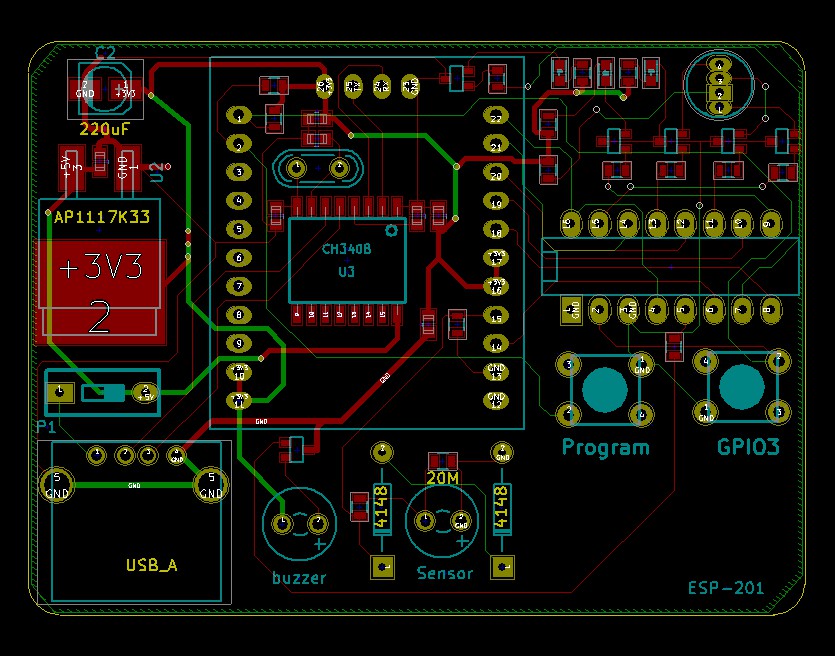
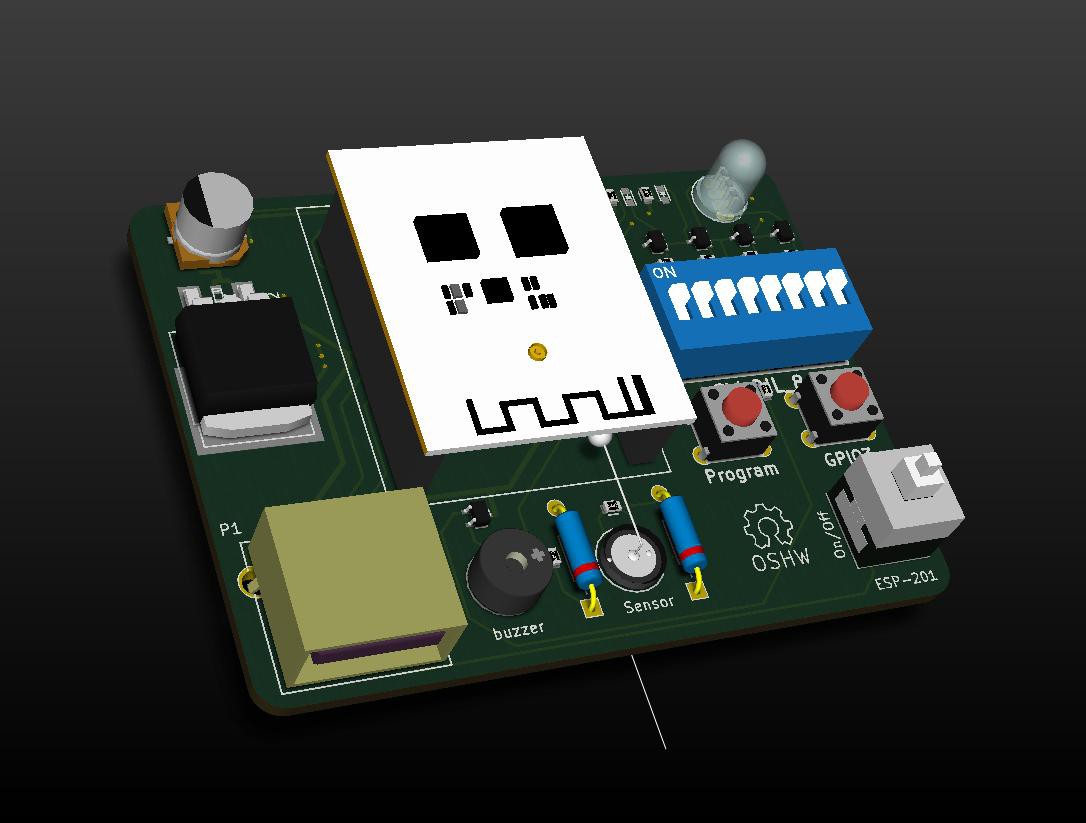
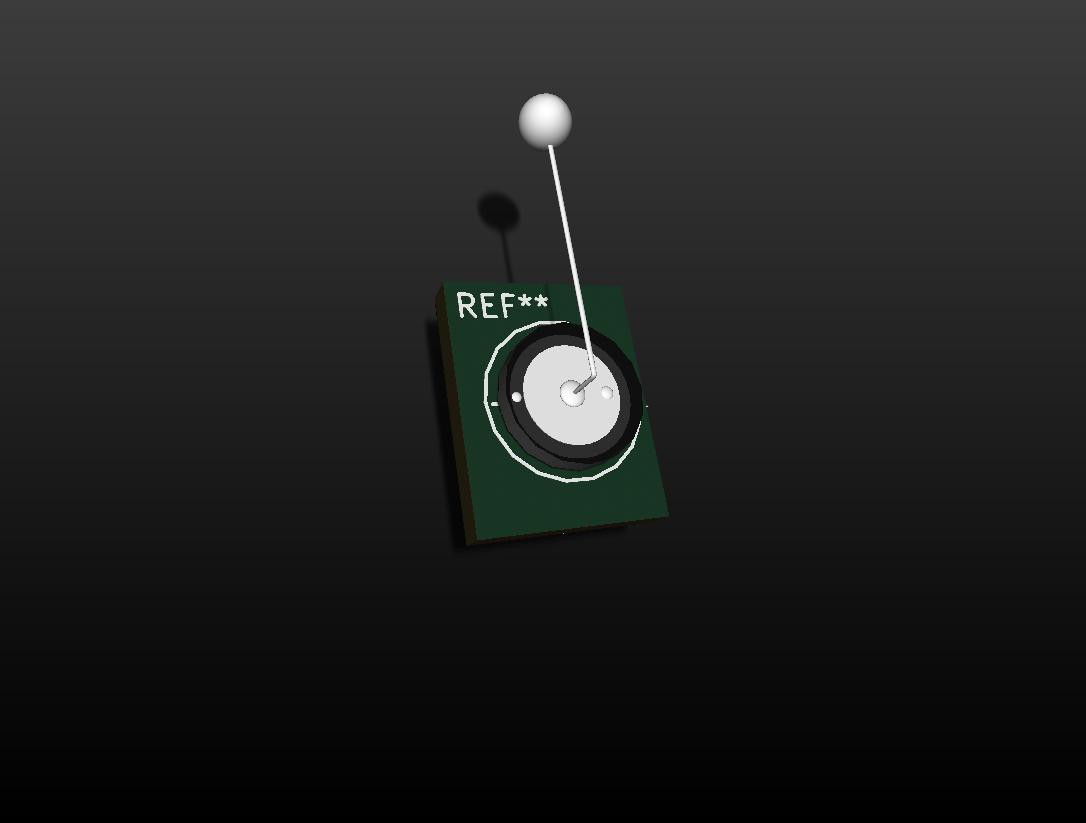
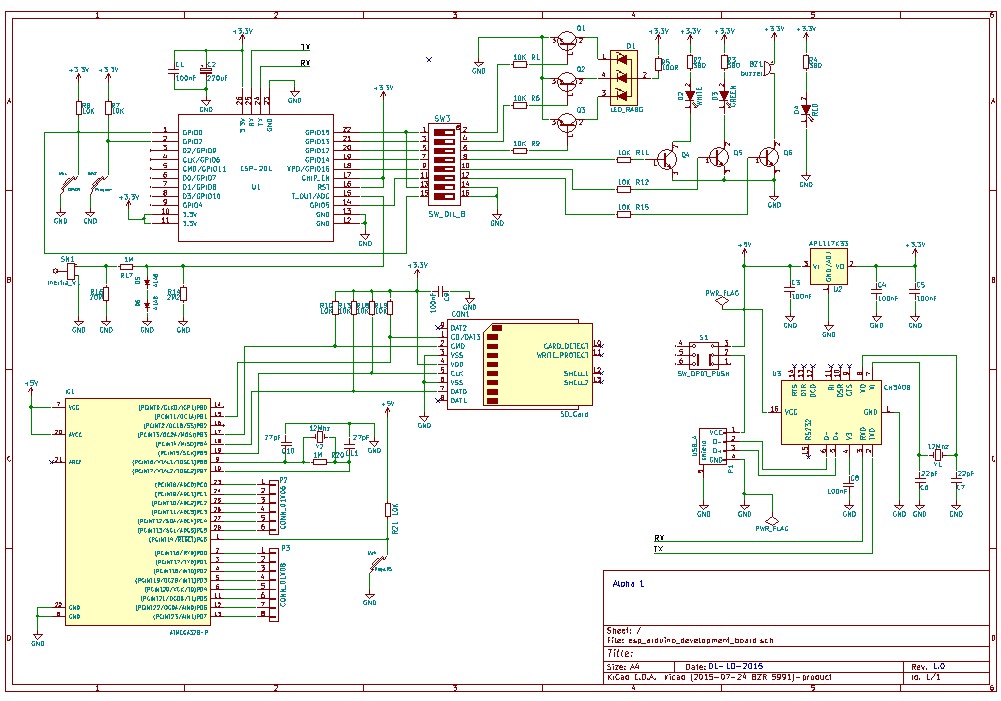
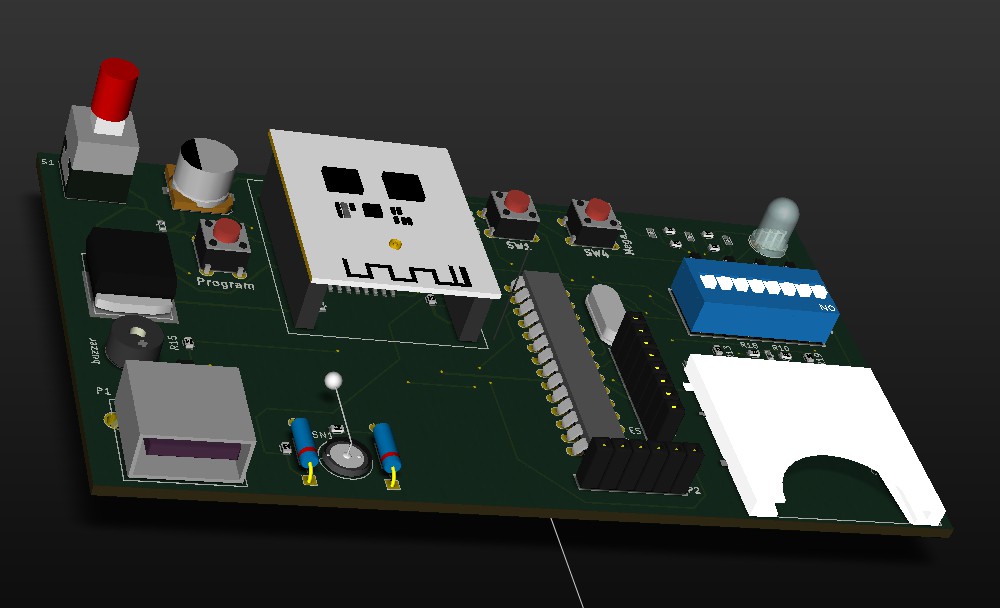
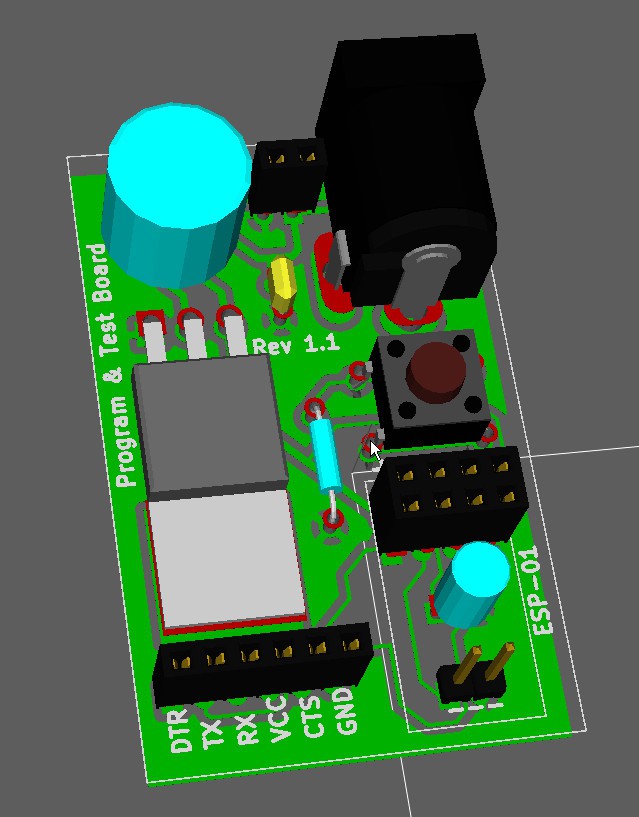
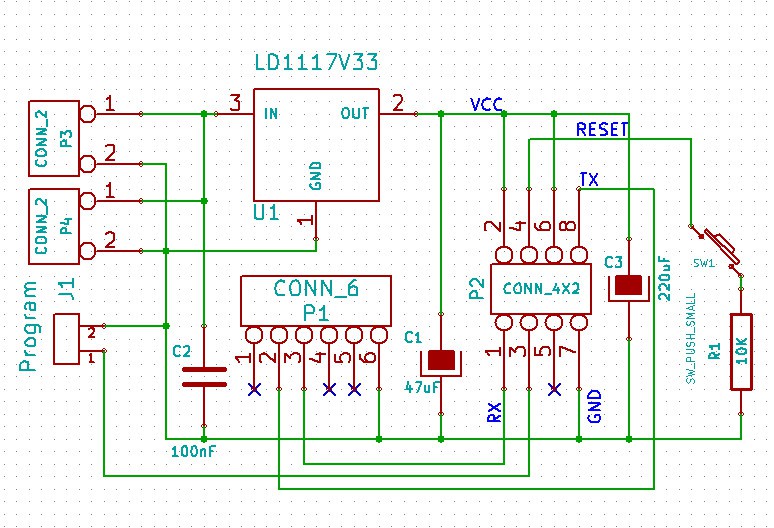
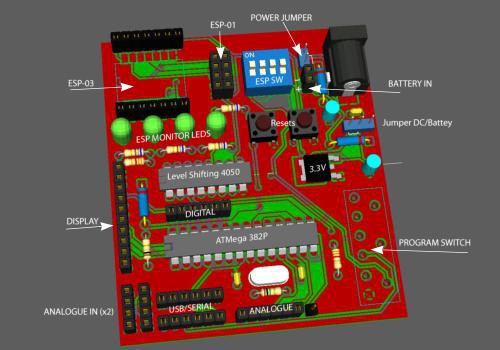
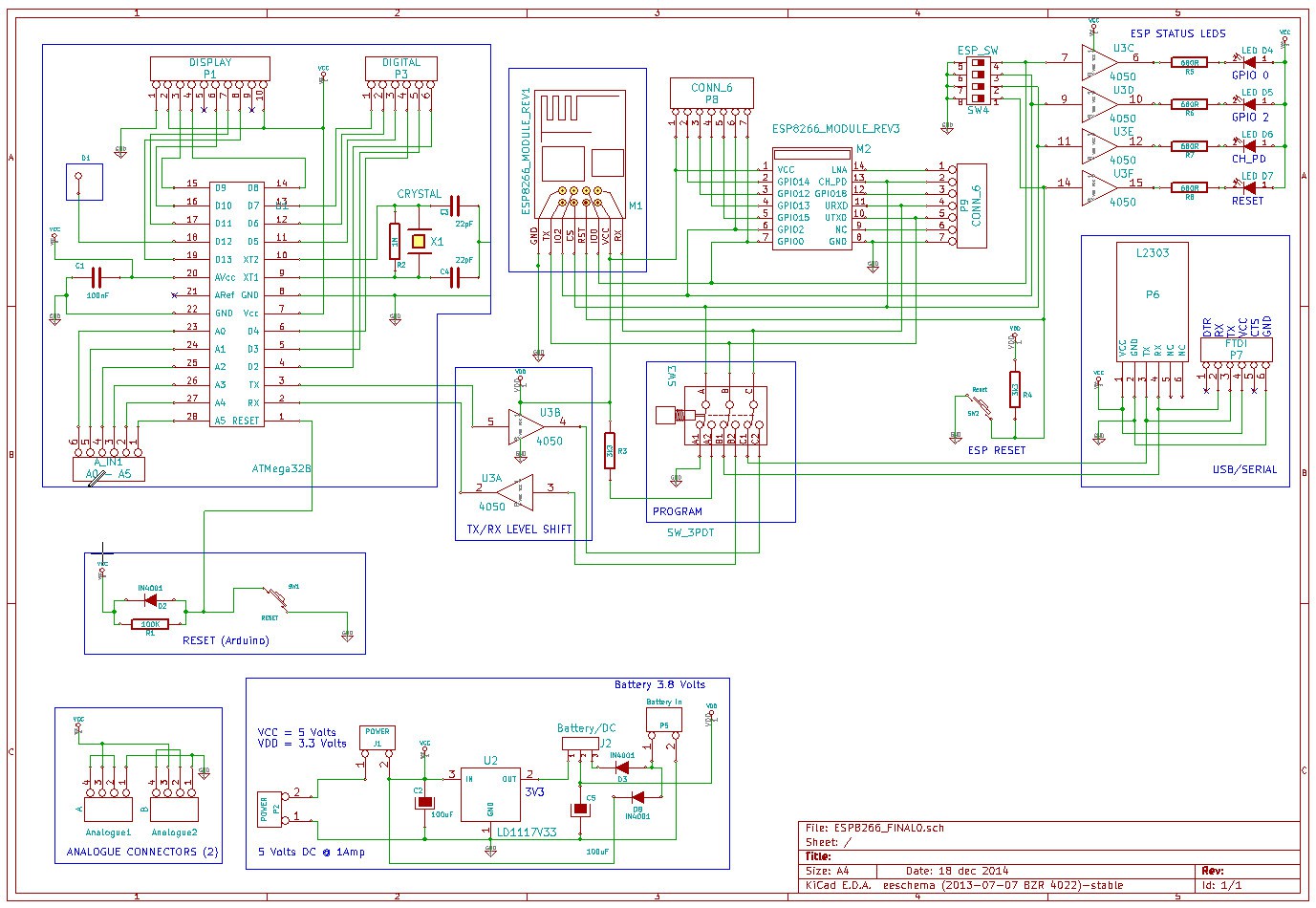
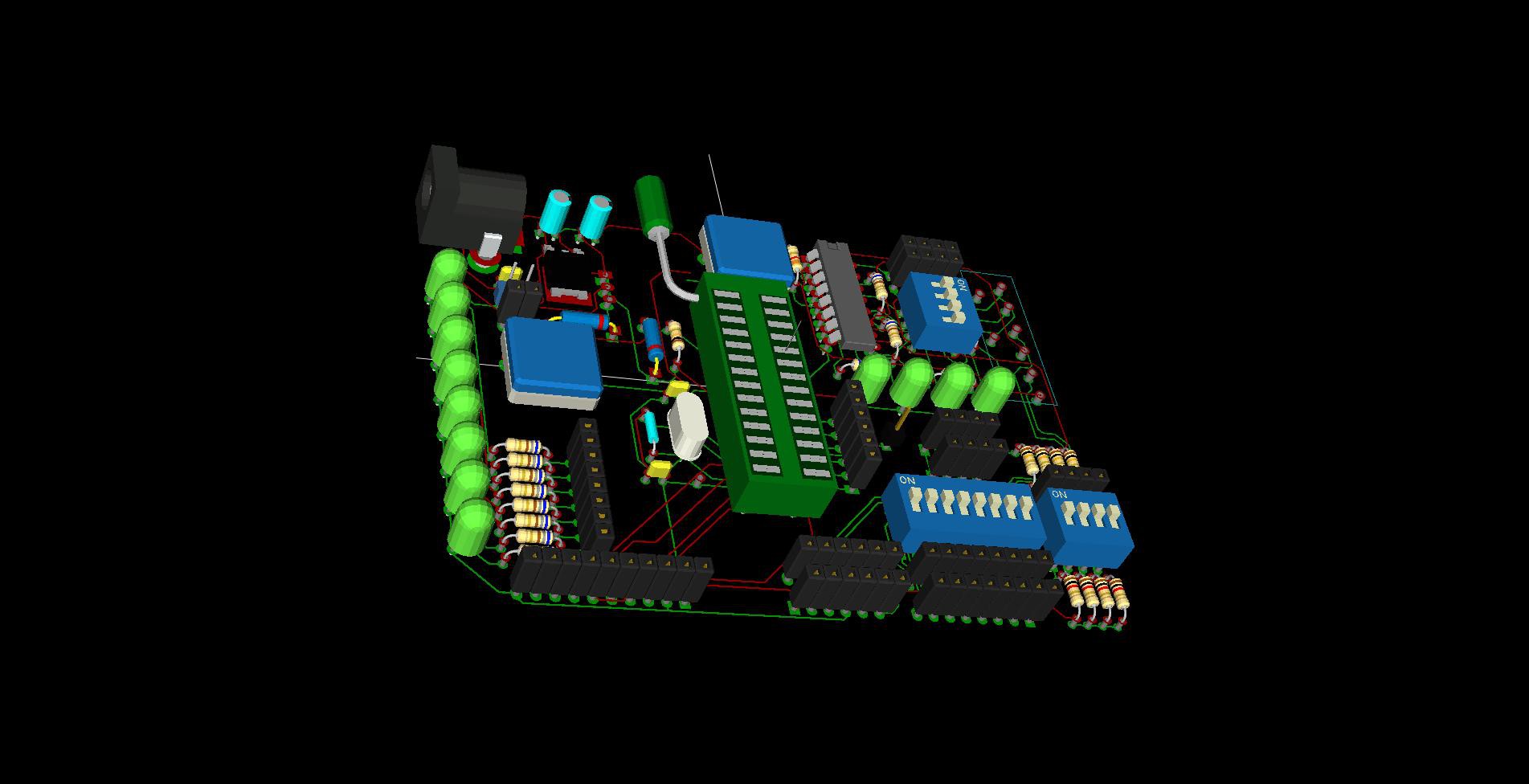
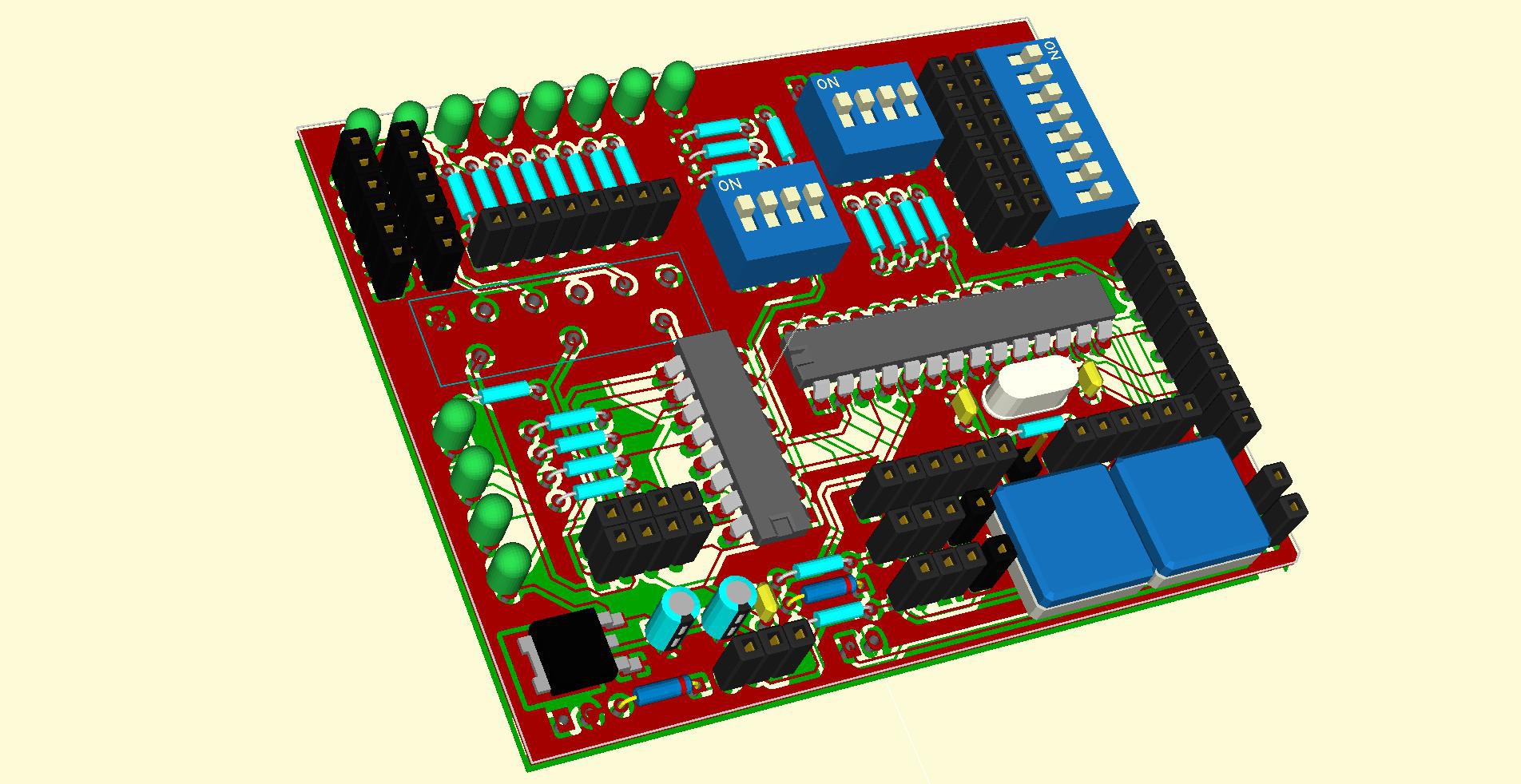
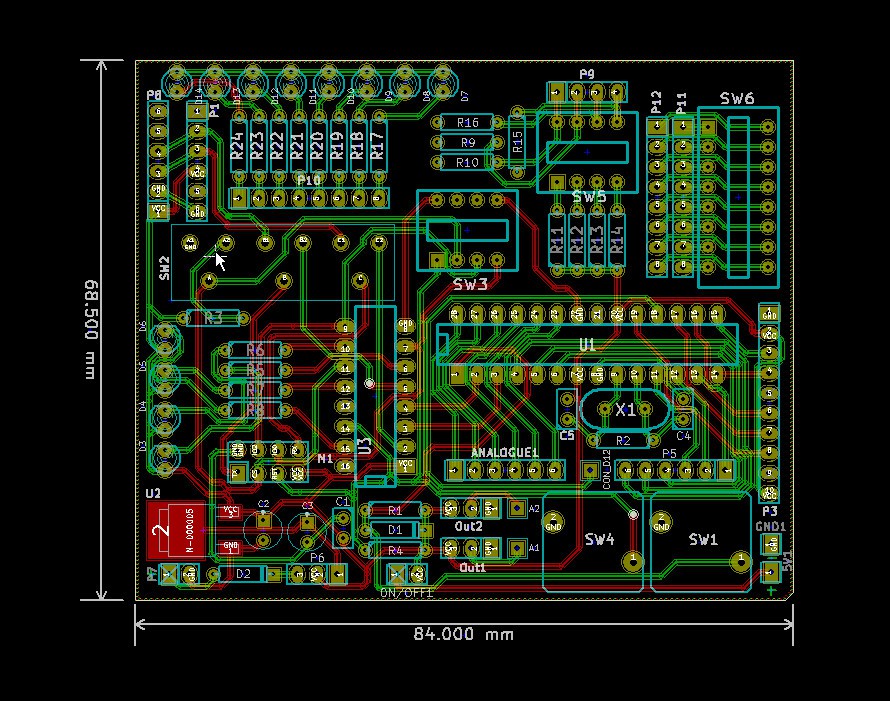




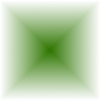

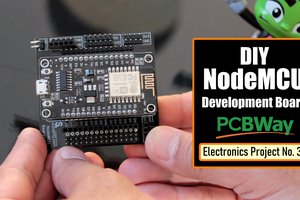
 Hulk
Hulk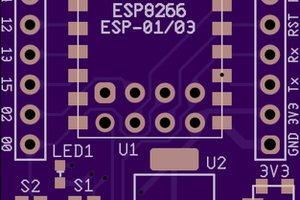
 drewrisinger
drewrisinger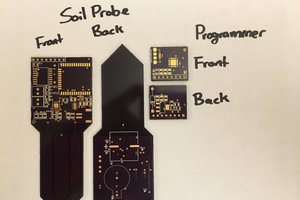
 Colin McAllister
Colin McAllister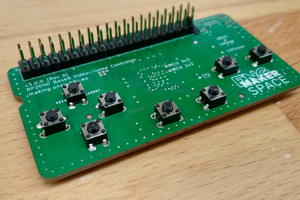
 micl
micl
I have more ESP modules than you can shake a stick at...